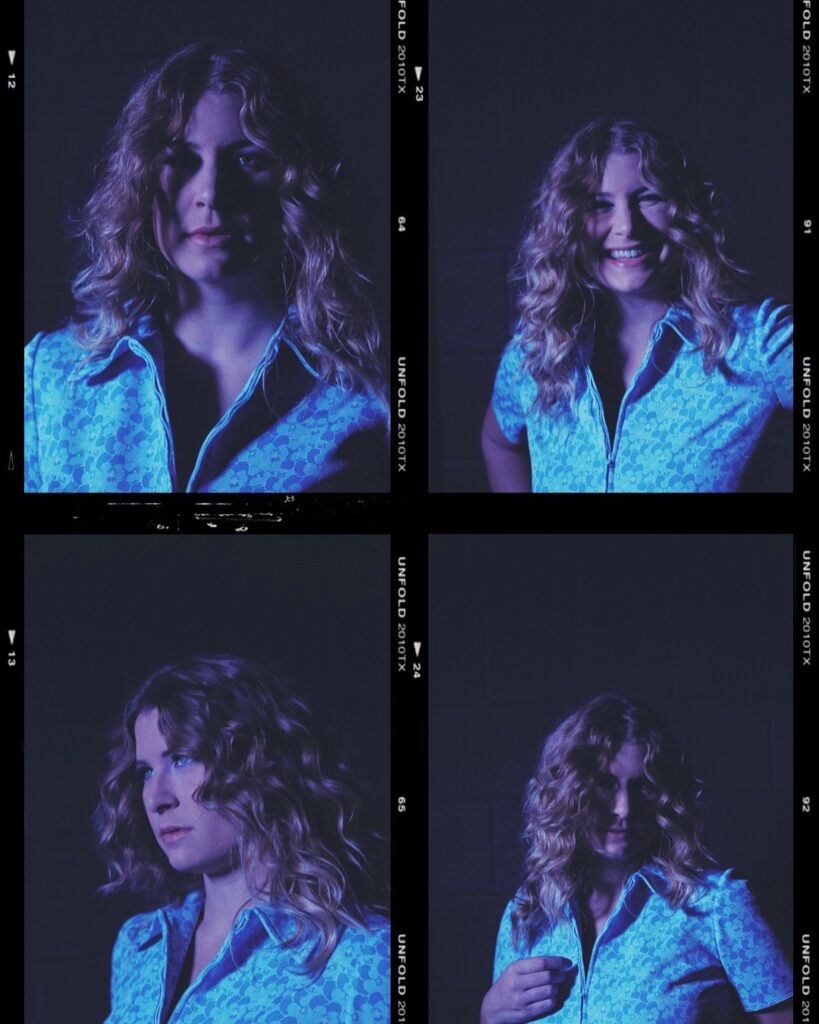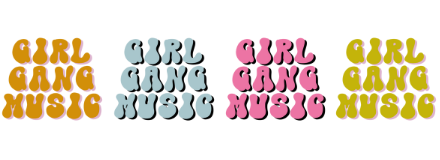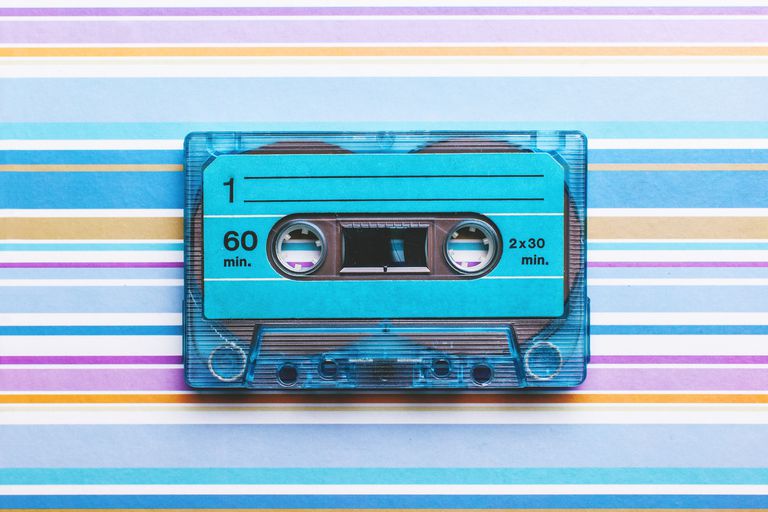I’ve spent hundreds of hours in studios working with artists as a songwriter and music producer. I also am the founder of an online community called Girl Gang Music, which has allowed me to see just how hard it can be for indie artists to pitch their music to blogs.
Last week, I independently released a 7 song album called, “Blue Earth” as a primary artist. Folks have asked what I did to promote the project, and I’ve realized that in the Wild, Wild West that is the music industry, this stuff truly isn’t idiot-proof. So, here’s a free checklist I wish hadn’t taken me years to learn.
If you want your project to reach more ears, here’s what you should do.
Before your release your single or project, you should:
- Make sure you set up an LLC in your state that can act as your publishing company. This usually costs no more than $300 depending on state.
- Sign up for a publishing rights organization (ASCAP, BMI, or SESAC) that can collect royalties for you. Here‘s some directions on how and why you need to do that.
- Submit each track to your PRO to ensure everyone who worked on the project (producer, engineers, writers, musicians) gets the credit they deserve. Performing Rights Organizations (or PROs) such as ASCAP and BMI will help you collect performance royalties whenever your original songs are played on the radio, in venues, etc. To register tracks, you usually need a completed splitsheet including everyone’s government names listed with their PRO, their PRO #, and their IPI #, as well as any information for their publishing LLC if they have one. You should have a separate splitsheet for each song and negotiate the % of ownership with everyone who was involved with creating the track ahead of time.
- Register with SoundExchange, which collects royalties from digital media like Pandora, internet radio, and satellite ratio.
- Distribute your project to all virtual retailers via Tunecore, Distrokid, or CD Baby. I use Tunecore for most retailers and Distrokid to reach Tik Tok and Instagram stories. (Yes, I distribute through 2 platforms, because I FaceTimed with Gary Vaynerchuk and he told me do, and I do as Gary says.) When you upload your music to your distributor, it’s best to give 3 weeks minimum ahead so they can distribute to stores. This is also the amount of time ahead curators on Spotify and Apple Music need bare minimum to consider for playlists. You’ll need your final album art (minimum 3000 x 3000 pixels) and masters (final tracks) for all the songs to upload. Your music needs to sound great on every online music store. So you need to start with a file that’s at least 44.1kHz – 16bit WAV—the current industry standard. If your tracks aren’t 44.1kHz – 16bit WAV, you won’t be able to release them with the big stores. Build in extra time here and work back from that for your planning.
- Obtain and update all social pages, including Spotify and Apple Music profiles. Both Spotify and Apple Music have newly launched apps that allow you to gain analytical insights to your audience and listeners, as well as submit a track to Spotify’s editorial team. (Note: You can only submit UNRELEASED music to Spotify’s editorial team, so do this before it goes live.)
- Set up a pre-order on iTunes and pre-save on Spotify, and urge your fans to do so ahead of your release date. This is how I got my project to independently chart on the iTunes charts for several days after my release. 🙂 I made the release $2.99 if you ordered ahead and $7.99 if you ordered it on iTunes after. For Spotify, I used ToneDen, a free service, to create a pre-save of my Spotify album using the URI code (which I had to contact Tunecore for ahead of time).
- Create a press list of blogs, influencers, and press outlets you want to send your project to. Sometimes, it’s a good idea to offer the project exclusive (only) to one outlet. For my project, I targeted press in Ohio (where I am from), Nashville (where I am based), and nationally. When I pitched them, I included a full length press release, an electronic press kit on my website (including images, press release, a brief about the project, and a private stream), press shots, a smart URL for listening.
- Create content to promote on your social media, including behind the scenes videos, interviews, music videos, photos, lyric videos, etc.
- You own the copyright to your music the minute it’s set down in a fixed format (sheet music, scribbled on a napkin, recorded, etc.). It’s important to REGISTER that copyright, though, in order to fully protect yourself in the case of infringement. You can do this via the Library of Congress’ online portal. It was fairly painless and didn’t take any longer than 30 minutes. Plus, there’s an easy way to simultaneously protect your compositions AND sound recordings with a single form. Here’s how.
- Create a comprehensive press page/EPK on your website. If you want people to review your album, play your songs on the radio, or book you for quality shows and festivals, you’ll need to have a simple place where they can get all the info: a press page! It’s basically an EPK (electronic press kit) that you host on your own website.
- Upload your album to SoundCloud as a private playlist. Many bloggers, journalists, talent buyers, and DJs will ask for a SoundCloud link to hear your music, particularly if you’re trying to line up premieres for your songs. Of course you don’t want your music to be available to the public until the release date. So upload your album to SoundCloud, set the playlist to private, and share the private link with those music industry contacts ahead of your list. You can even use services like Submithub to do so.
After your release goes live, you should:
- Create a smart URL which pivots from all retailers (so you can use one, uniformed link for all of your promo). Here’s the one I used for Blue Earth: http://hyperurl.co/blueearth
- Book an album release show/tour.
- Pitch your project to a wide list of blogs & outlets.
- Go guerrila warefare on them and pitch your Spotify links to as many genre-appropriate blogs at these free sites like IndieMono, Daily Playlists, and Soundplate.
- Consider doing digital advertising on Facebook, Instagram, and Spotify. 2 weeks is the average time that it takes Spotify to “quickly surface new, popular songs”, as compared with three (3) entire months for the usual FM radio stations.
- Create metadata MP3s of your tracks to pitch to music directors & radio hosts. When pitching these folks, you should have a Dropbox or Google Drive folder with the most HQ (and fully labeled) MP3s of your songs so that if the DJ likes them, they can easily download and add them to their queues. Do not ever send an attachment of an MP3 to any blogger or DJ. It will go to spam and will not be heard.
So, there you have it, folks! These are just my top of mind ideas that I do every single time I (or a fellow indie artist I’m working with) release music. For you, from me.
What’s missing from this list? What’s worked for you?
I’d love to hear it.

If interested, you can stream my full length project, “Blue Earth” here: http://hyperurl.co/blueearth
Mad love,
Jen

